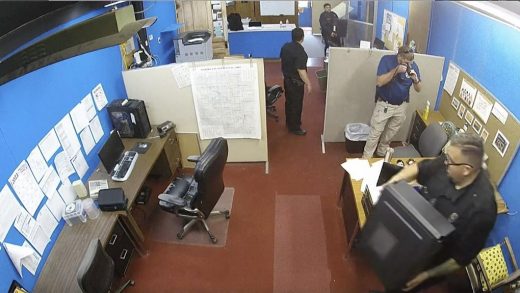
Joseph Johnson/Stuff
The Stratospheric Observatory for Infrared Astronomy (Sofia) is a joint project of Nasa and the German Aerospace Centre (DLR).
Aviation enthusiasts will be hotfooting it to Christchurch Airport later this month to farewell a very unique aircraft.
The Stratospheric Observatory for Infrared Astronomy, also known as Sofia, will be carrying out a final mission from the Garden City before it is decommissioned at the end of September.
The joint venture between Nasa and the German Aerospace Centre (Deutsches Zentrum für Luft- und Raumfahrt, DLR) features a 2.7-metre reflecting telescope with an effective diameter of 2.5 metres, making it the world’s largest airborne observatory.
Sofia has been deployed to Christchurch several times over the years, the first time being in 2013.
READ MORE:
* Sofia: Flying at the edge of earth’s atmosphere
* Flying observatory touches down in Christchurch
* SOFIA solves South Canterbury noise mystery
* Nasa’s Sofia observatory in Christchurch
The mission of the modified Boeing 747SP aircraft is to study the infrared universe and the solar system. This includes the formation of new solar systems, black holes and the birth and death of stars.
In each 10-hour overnight flight it heads into the stratosphere at 38,000-45,000 feet, which puts it above 99% of the Earth’s infrared-blocking atmosphere.
George Heard/Stuff
Sofia features a telescope with an effective diameter of 2.5 metres.
This allows the astronomers to study the solar system and beyond in ways that are not possible with ground-based telescopes.
Originally planned to have a 20-year lifespan, Sofia is being decommissioned early mainly due to budget. It reportedly costs US$85 million (NZ$130 million) a year to operate, roughly the same as the operational expenses for the Hubble Space Telescope, reports Nature.
In a statement about its decommissioning, Nasa said: “It began development in 1996, saw first light in 2010, and achieved full operational capability in 2014.
“In the eight years since, Sofia’s observations of the Moon, planets, stars, star-forming regions, and nearby galaxies included the discovery of water on the sunlit surface of the Moon in 2020.”
Full details on the aircraft’s arrival into Christchurch will be revealed soon.


